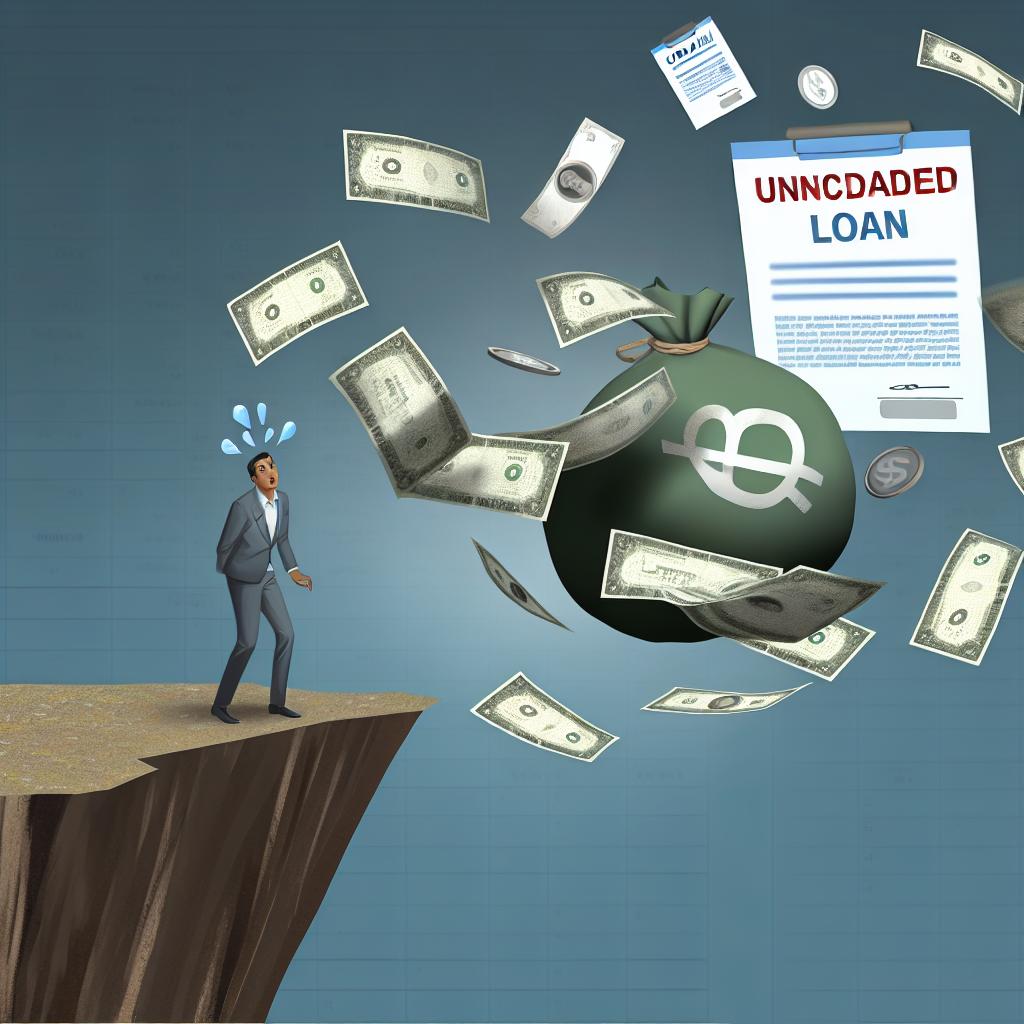
What is an unsecured loan?
Understanding Unsecured Loans
An unsecured loan represents a financial arrangement in which the lender extends funds to the borrower without requiring any specific asset as collateral. Unlike secured loans, which are backed by tangible assets such as a home or vehicle, unsecured loans depend solely on the borrower’s creditworthiness and financial reputation. Common examples of unsecured loans include personal loans, credit cards, and student loans.
How Unsecured Loans Work
In the process of applying for an unsecured loan, the borrower must undergo an evaluation conducted by the lender. This evaluation predominantly focuses on various factors such as the individual’s credit score, financial history, income, and the capacity to repay the borrowed amount. If the applicant meets the lending criteria and the application is approved, the lender disburses the loan amount without securing any asset as collateral.
The absence of collateral inherently brings about higher interest rates for unsecured loans compared to their secured counterparts. This reflects the elevated risk that lenders undertake. Consequently, the loan amount available might be smaller, and the repayment terms may be shorter due to the lack of asset security.
Key Features of Unsecured Loans
Credit-Based: The approval process for unsecured loans places significant emphasis on the borrower’s credit report and score. Borrowers with a strong credit history are likely to receive more favorable interest rates and loan terms.
No Collateral Required: One of the defining aspects of unsecured loans is the absence of any requirement to pledge personal assets, such as real estate or automobiles, as security for the loan.
Higher Interest Rates: Given that unsecured loans present a higher risk for lenders due to the lack of collateral, they often carry higher interest rates compared to secured loans.
Legal Recourse: In instances where a borrower defaults on an unsecured loan, the lender has several options. They may report the missed payments to credit bureaus, employ a collection agency, or initiate legal proceedings to recover the owed amount.
Common Types of Unsecured Loans
Personal Loans: These loans are versatile financial tools often employed for purposes such as debt consolidation, financing significant purchases, or managing unforeseen expenses. Personal loans typically feature fixed interest rates and set repayment periods.
Credit Cards: Functioning as a revolving form of unsecured debt, credit cards provide borrowers with a credit limit, allowing them to make purchases up to a certain amount. Monthly payments usually include a required minimum, although borrowers can choose to pay more.
Student Loans: Offered by either government entities or private lenders, student loans are intended to cover educational expenses. These loans may possess distinct repayment terms and could potentially offer tax advantages, depending on the lender and type of loan.
Pros and Cons of Unsecured Loans
Benefits:
- Flexibility in use: Borrowers enjoy the freedom to utilize funds as needed, without restrictions imposed by the lender.
- No risk to personal property: Unlike secured loans, there is no risk of losing personal property in the event of default.
- Streamlined application process: The process of applying for an unsecured loan is often more straightforward and faster than that for secured loans.
Drawbacks:
- Higher interest rates: Unsecured loans tend to have higher interest rates compared to secured loans, making them potentially more expensive.
- Heavy reliance on credit score: The borrower’s credit score plays a significant role in determining loan approval and terms, which may be a disadvantage for those with lower scores.
- Potential credit score impact: Missing payments on an unsecured loan can negatively affect the borrower’s credit score, impacting their ability to borrow in the future.
Unsecured loans serve as a viable financial solution for those seeking funds without pledging collateral. They provide flexibility in usage and a simplified application process while posing certain challenges like higher interest rates. When considering an unsecured loan, borrowers should thoroughly understand the associated terms and carefully weigh the costs against the benefits. For those needing further information on various types of loans, exploring reputable financial guidance websites or consulting a financial advisor can offer valuable insights.
